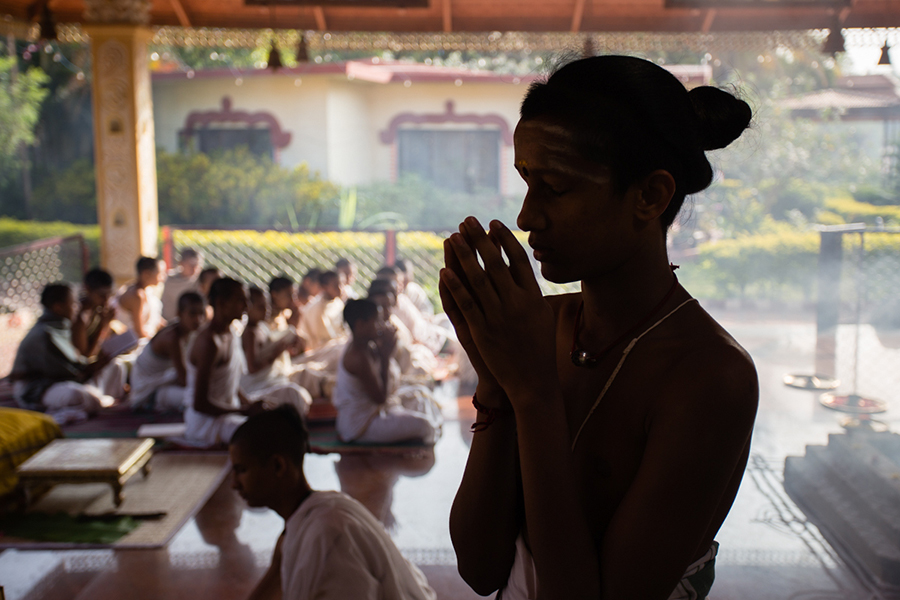Hampi with a phone-camera

About three years ago, when I was last in Hampi, I made a few images of the place with a cell-phone camera. I thought they aren’t bad, although they were technically inferior. (See earlier post on Hampi with cell-phone camera).
I was back in Hampi last week, leading our photography tour with a bunch of high-energy folks. I continued to shoot with phone-camera. The technical quality of images have improved, but continues to be a long way from DSLR-like image quality. But they are now perhaps reasonably good for small-screen viewing, and you may not find evident technical issues in a small screen.
Here is a collection of images I made. The important trick shooting with a phone-camera, I realize, is to not go after challenging situations, avoid tricky lighting, keep it simple and pay more attention to composition. For those who can’t stop asking ‘what camera?’, this is a new not-yet-in-the-market phone-camera devised through cutting edge research on a project conceived by a consortium of phone makers and camera companies to create unparalleled next-generation high fidelity mobile imaging solutions, provided to me on early access. For those who have feet on the ground (which is pretty much everyone who is reading this, including you, I am sure): the last set of images in 2014 were shot with a Samsung S3 and the ones below are made using a Xiaomi MI 5.
This tour was fun. It was open exclusively to people who had attended our tours and workshops in the past. Interacting with all the regular travellers, three days flew-by in no time!

Among all the places that I photographed in Hampi, Hemakuta Hill was probably the most photogenic and yielded well for photography with a fixed focal-length lens. Above image of one of the much-photographed two-storey Mantapa was made at Hemakuta.


